Anthropometrical Insights into Human-Tool Interaction
People watchers are what anthropologists are sometimes called, but for tape dispensers! They watch how people use tape in real life, not just labs. This helps them design dispensers that are:
Comfy: By seeing how people hold them, anthropologists can design grips that don't hurt hands.
Cool looking: Different cultures like different styles, so anthropologists chat with people to see what they prefer in a dispenser's design.
Fit anywhere: Small desks? Big factories? Anthropologists consider where people use tape to design dispensers that fit the space.

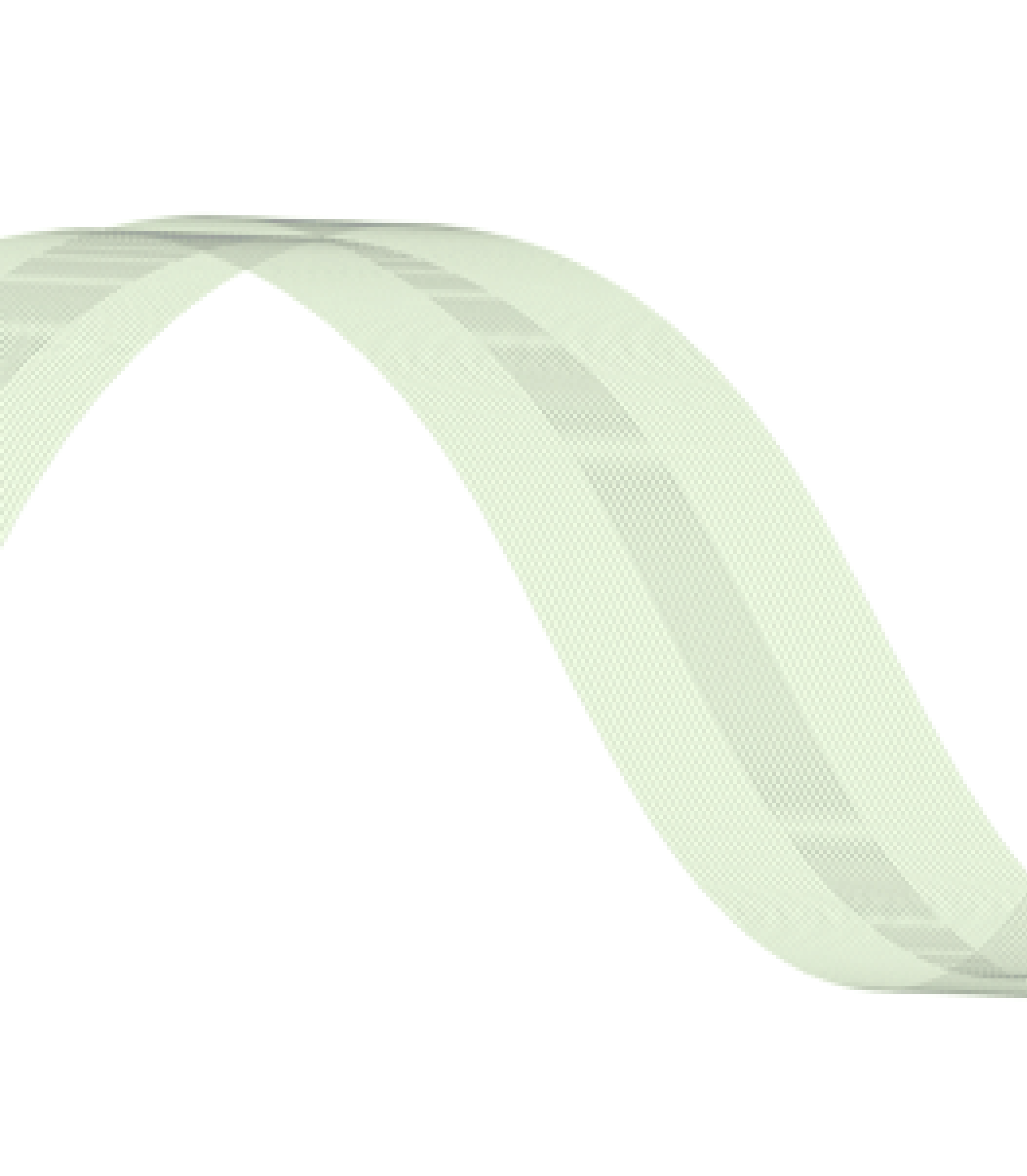


Cellophane tape dispensers
Cellophane tape dispensers are those handy tools that help us easily unwind, cut, and apply cellophane tape (also known as transparent pressure-sensitive tape). They come in various designs, but their core function remains the same - to make using tape more convenient and efficient.
The seemingly ordinary tape dispenser has a surprising origin story. Before its invention, using tape was a frustrating task. You'd struggle to unwind the perfect amount, often ripping it unevenly, and then have to search for scissors to cut it clean.
Enter John Borden, a resourceful sales manager at 3M (inventors of Scotch tape) in 1932. Recognizing the need for a better solution, Borden created the very first tape dispenser, forever changing how we interact with this everyday tool.
Borden's ingenious design addressed two key pain points:
The Fumbling Cut: He incorporated a built-in cutting mechanism, eliminating the need for separate scissors. This allowed for one-handed operation and clean cuts, saving time and frustration.
The Lost End: A gripping mechanism was also included, which held the cut end of the tape in place for easy access. No more wrestling with the roll or digging under papers to find the elusive tape beginning.
Standard cellophane tape dispensers might seem like a simple tool.
Handy ones you hold (pistol grip) - Great for anywhere!

Sturdy ones for desks - Hold more tape and might have a built-in cutter.
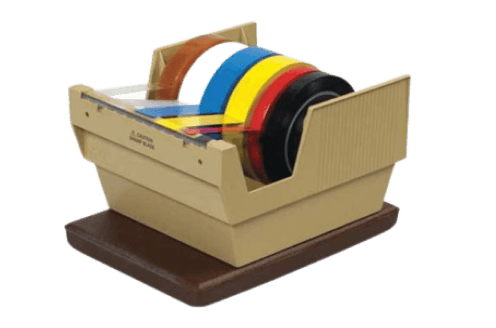
Automatic ones- Super fast, cuts tape exactly for big jobs.
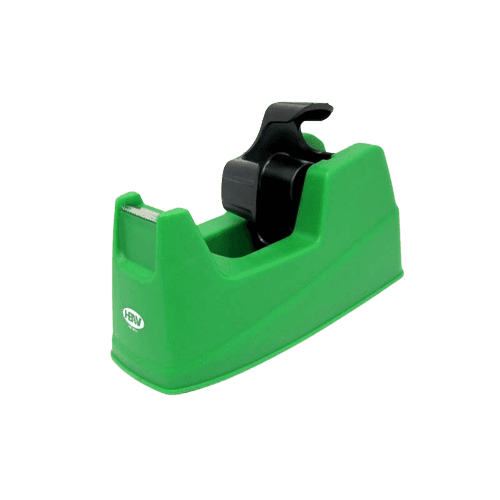
There are 3 main types :
Importance of Ergonomics in Tape Dispenser Design
Story Behind it
Integration of Anthropometrical Perspective in Ergonomic Research for Cellophane Tape Dispensers
Ancient Innovations: Early Methods of Adhesive Application
Existing Challenges in Tape Dispenser Design and Usage
Incorporation of Anthropometrical Findings in Tape Dispenser Design
Reduced Musculoskeletal Disorders (MSDs): Repetitive motions like squeezing a standard dispenser can strain muscles, tendons, and nerves in the hands and wrists. Ergonomic designs, like pistol grips, distribute pressure more evenly
Accessibility for Diverse Users: Ergonomic principles consider users with varying hand strengths and abilities. Features like larger handles and one-handed operation make tape dispensers more accessible for a wider range of people.
Improved User Comfort and Efficiency: A comfortable dispenser makes using tape a smoother experience. Ergonomic features like weighted bases and easy-to-load mechanisms minimize effort, allowing users to work faster and for longer periods without fatigue.
Hand size and Grip Design: Anthropometric data on hand size distribution across populations informs the design of grips on tape dispensers. This ensures a comfortable fit for a wide range of users, reducing hand fatigue and improving control during use.
Bimanual Use and Stability: Understanding how humans naturally use two hands together (bimanual coordination) can influence features like weighted bases. A heavier base provides stability when one hand steadies the dispenser while the other hand tears the tape.
Strength and Spring Tension: Knowledge of human hand and wrist strength helps determine the ideal tension of the spring mechanism in a tape dispenser. A spring that's too stiff can cause fatigue, while one that's too loose can make it difficult to control the tape.
Posture and Strain Reduction: Anthropological awareness of posture and how it relates to musculoskeletal strain can guide tape dispenser designs. Features like angled heads or pistol grips can encourage a more neutral wrist posture, reducing strain during prolonged use.
Increased Productivity: Reduced discomfort and fatigue translate to increased productivity. Users can focus on the task at hand instead of battling hand or wrist pain caused by an awkward dispenser.
Reduced Risk of Injuries: Ergonomic dispensers often have features like safety blades that retract when not in use, minimizing the risk of accidental cuts.
Work habits: How people hold the dispenser, where they place it while working, and the frequency of use.
Cultural variations: Dispenser use might differ between cultures due to social norms or preferred hand positions.
Accessibility needs: Identifying challenges faced by users with disabilities in handling standard dispensers.
Contextualizing Design Solutions: Anthropometrical insights can inform the design process to create a more user-friendly dispenser:
Culturally appropriate design: Consider grip styles, dispenser size, and even color preferences that might vary across cultures.
Multi-user considerations: Design features that accommodate left-handed users or those with limited hand strength.
Integration into workspaces: Understand how the dispenser fits into existing work environments and user workflows.
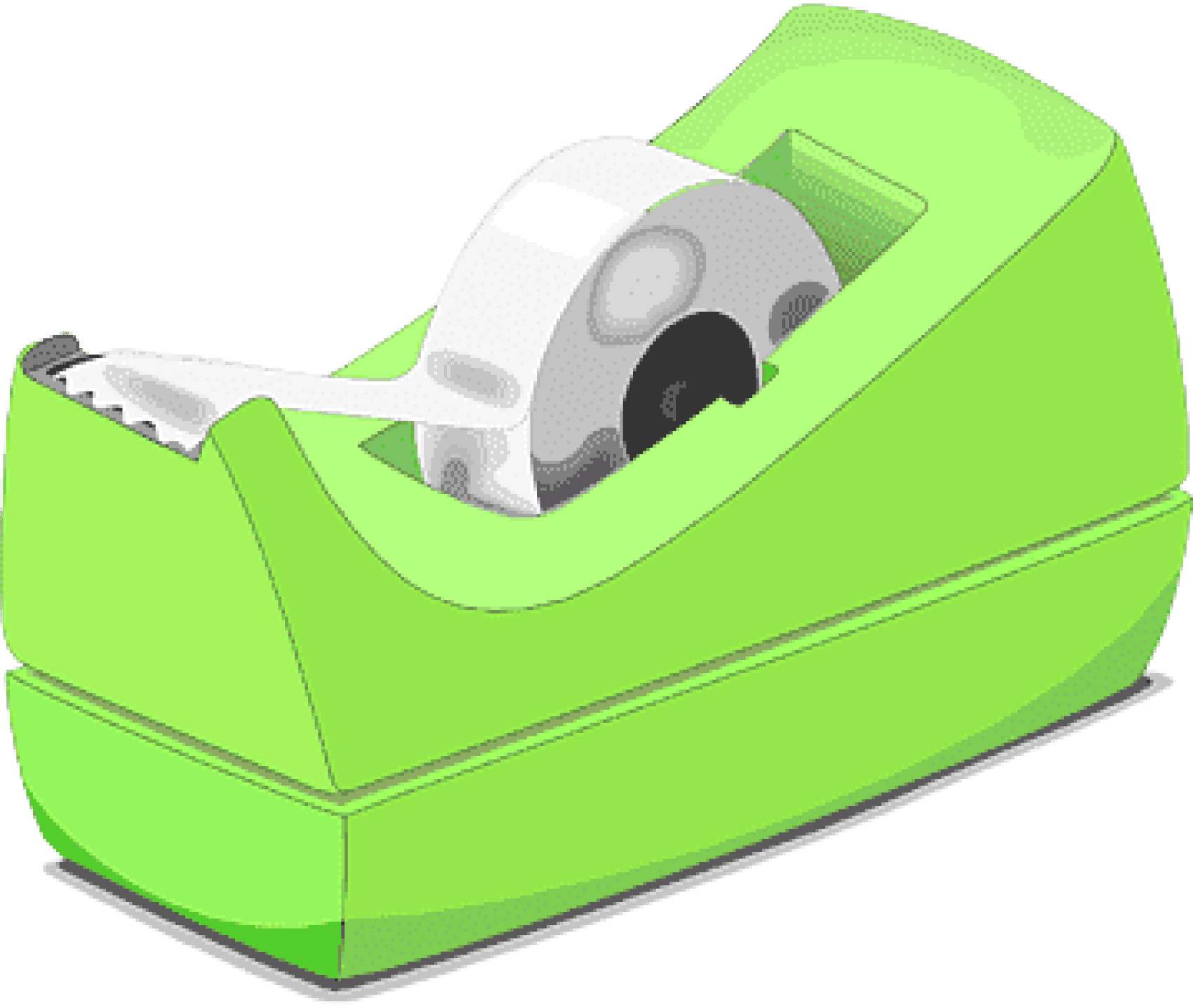
Un comfy: They can strain your hands, especially if you use them a lot.
One size fits none: Not everyone has the same hands, and dispensers might not fit everyone well.
Not so adjustable: You might want a light touch for delicate tasks, but the dispenser might not budge!
Pretty vs. practical: Sometimes dispensers look cool, but they can be tricky to load or use.
Not for everyone: They might not be easy to use for people with hand problems.
Trashy troubles: Lots of plastic dispensers end up in landfills.
Tape tangles: Ripping unevenly or wasting tape because the dispenser isn't smooth.
Desk disaster: Some dispensers don't fit well on desks, creating clutter.
From beeswax to tree sap, early adhesives were concocted from natural sources. Plant juices and fibers served as primitive tapes.
During the 19th and early 20th centuries, tape dispensers were rudimentary, often wooden or metal frames with basic rollers.
The Industrial Revolution spurred advancements, enabling mass production and more efficient dispensing mechanisms.
Plastic revolutionized tape dispenser design in the mid-20th century, yielding lighter and sturdier models. Ergonomic features like pistol grips and weighted bases were added for user comfort.
Modern Dispensers (Late 20th Century-Present):
Today's tape dispensers are highly sophisticated and offer a wide range of features. Some common features include:
Automatic cutting mechanisms
Adjustable tension control
Built-in tape rewinders
Decorative designs
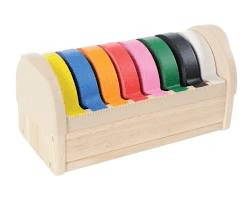


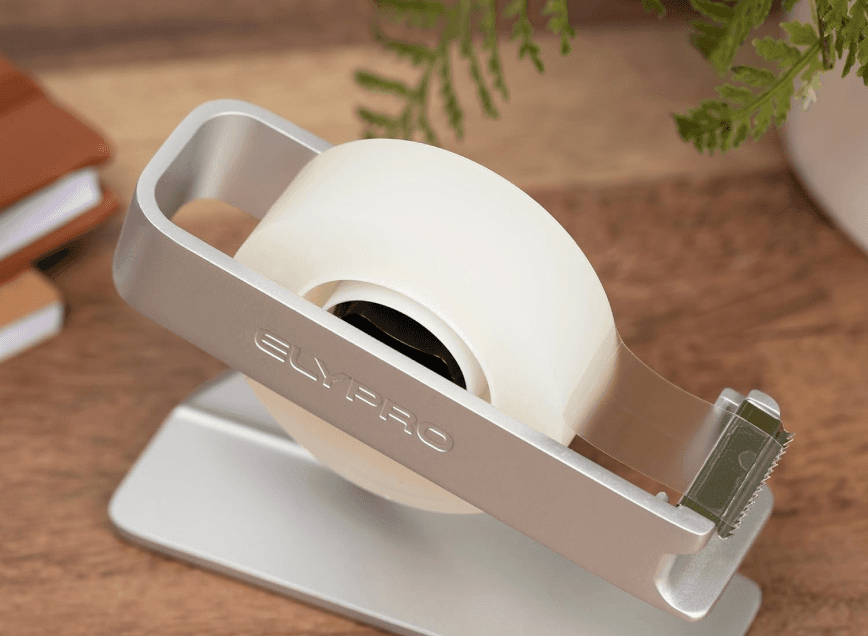
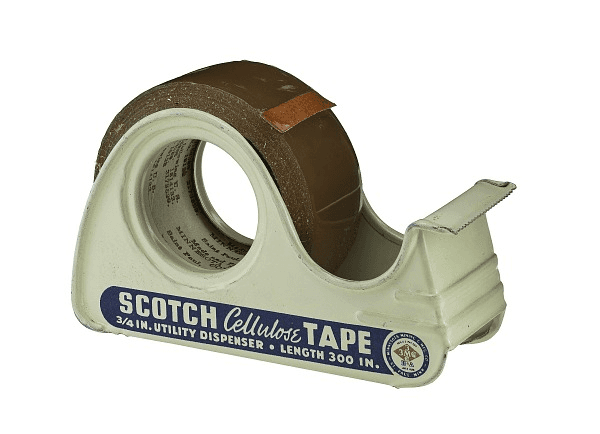

The Problem:
Standard tape dispensers often lack ergonomic design, leading to potential discomfort and even Repetitive Strain Injuries (RSI) in hands and wrists. These issues can arise from factors like:
Awkward hand positions: Gripping and squeezing a basic dispenser can strain muscles.
Repetitive motions: Tearing tape frequently can put stress on tendons.
Lightweight dispensers: These can require extra force to hold steady, increasing strain.
Examples of Existing Research:
ZEROTAPE Packaging Tape Dispenser: This product claims to reduce muscular strain in the shoulder and lower arm compared to standard dispensers, citing ergonomic principles in its design https://zero-tape.com/. While independent research might be needed to verify these claims, it highlights the growing recognition of ergonomics in tape dispenser design.
Ergonomic Solutions-Backed by Science:
Although extensive studies on tape dispensers might be limited, ergonomic principles applied to other tools and tasks provide valuable insights. Here's how ergonomic features can address the problems:
Pistol grip design: Distributes the force of tearing tape more evenly across the hand, reducing strain on fingers and wrists. Studies on tool design consistently show pistol grips to be more ergonomic than straight handles.
Weighted base: Provides stability, eliminating the need to apply extra force to hold the dispenser down while tearing tape. Research on tools used in manufacturing environments highlights the importance of tool stability for reducing musculoskeletal strain.
Easy-to-load design: Minimizes awkward hand positions and reduces frustration, potentially leading to less overall force exerted during use. Studies on product packaging usability demonstrate the connection between ease of use and reduced user effort.
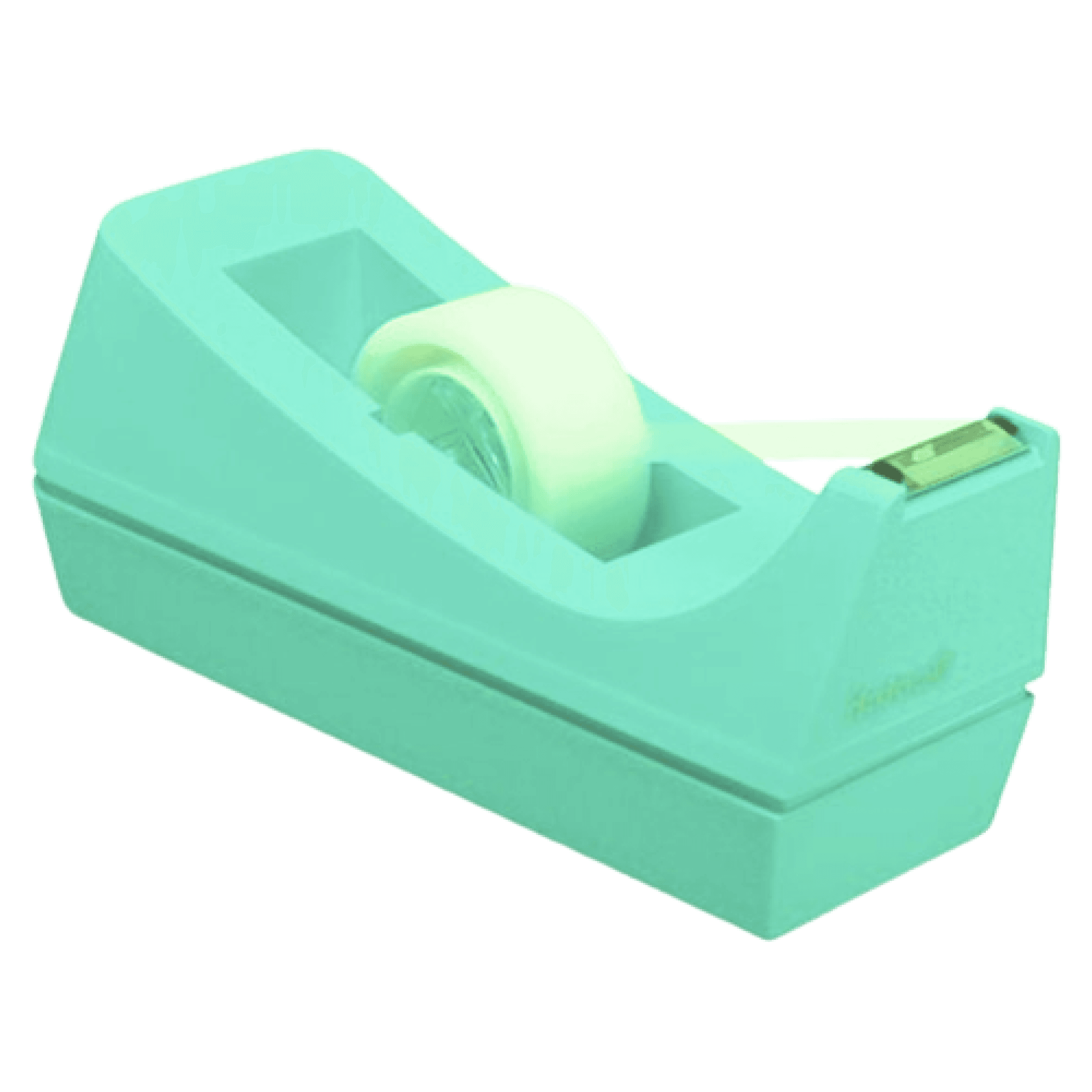
The humble tape dispenser has come a long way from its basic beginnings. By incorporating anthropological findings into design, manufacturers have created a tool that is not only functional but also comfortable and efficient to use.
Understanding hand size variations, natural human movement, and user strength allows for features that minimize strain and fatigue.
The focus on ergonomics, informed by anthropology, ensures the tape dispenser remains a user-friendly tool for a wide range of people in various situations.

By: Anjali Dhapola || Muskan Dubey